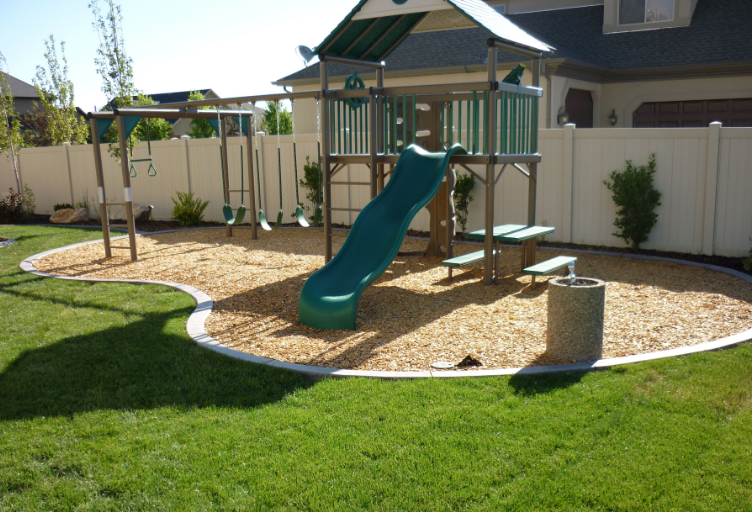The Role of Physical Design in Social Development
Playground landscapes are not just areas for physical activity; they are pivotal arenas for social interaction and skill development among children. The design of a playground can significantly influence how children interact, collaborate, and develop social ties. For instance, a well-designed playground with diverse equipment and open spaces can encourage children from different backgrounds to come together, share experiences, and develop empathy.
Encouraging Interaction Through Zone Design
Creating zones within a playground can facilitate varied types of interaction. Active zones with climbing frames and swings invite group play and teamwork, essential for developing negotiation skills and turn-taking. Quiet zones with benches or gardens provide spaces for children to engage in conversation and form friendships. According to a study by the Children’s Play Policy Forum, zones that incorporate both active and quiet elements see a 30% increase in sustained peer-to-peer interactions compared to more uniformly designed playgrounds.
Inclusive Design Broadens Social Opportunities
An inclusive playground landscape that accommodates children with diverse abilities and backgrounds is crucial for fostering social skills. Equipment that is accessible to children with disabilities not only complies with legal standards but also promotes empathy and inclusivity among peers. For example, wheelchair-accessible swing sets and sensory walls designed for tactile feedback can help integrate children with sensory processing disorders, broadening the social interactions that occur within the playground.

Impact of Natural Elements on Social Behavior
Incorporating natural elements into playgrounds—like trees, bushes, and water features—can also enhance social interactions. Nature invites exploratory play, which is often cooperative and can lead to the development of complex social games. Research indicates that playgrounds with natural elements support more imaginative play, which is closely linked to the development of problem-solving skills and creativity.
Enhancing Communication Skills Through Play
Play structures that require teamwork, like multi-person see-saws or cooperative puzzles, can significantly boost verbal and non-verbal communication among children. Facilitating communication in this way teaches children how to express themselves clearly and listen to others, foundational skills for effective social interaction.
The Long-Term Benefits of Social Play
The benefits of enhancing social skills through playground interactions extend beyond childhood. These early social interactions are foundational for later personal and professional relationships. Children who learn to navigate social complexities at an early age are better equipped to handle interpersonal relationships and conflicts in adulthood.
By thoughtfully designing playgrounds to encourage diverse interactions, communities can greatly enhance the social development of their children. A playground is not just a place to play—it is a place to learn, grow, and connect with others, making it a vital component of any community.